Skype: neodalle-travel
Tel: +86 135 7447 2266
E-mail: sales@visitaroundchina.com
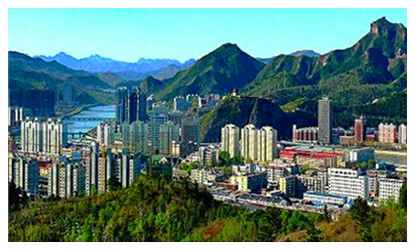 Chengde City, situated in the northeast of Hebei Province, is close about 230 kilometers away to Beijing. Bordering Beijing andTianjin in the south, Chifeng and Xilinguole in the north, Qinhuangdao and Tangshan in the east, Zhangjiakou in west, Chengde is an important city connecting Beijing,Tianjin, Hebei,Liaoning and Inner Mongloia.The topography of this city is mainly divided into plateau and mountainous regions, including Yanshan, Yinshan and Qilaotushan mountains, as well as the Luanhe River, Liaohe River, Chaobaihe River and Jiyunhe River flowing through the city.
Chengde City, situated in the northeast of Hebei Province, is close about 230 kilometers away to Beijing. Bordering Beijing andTianjin in the south, Chifeng and Xilinguole in the north, Qinhuangdao and Tangshan in the east, Zhangjiakou in west, Chengde is an important city connecting Beijing,Tianjin, Hebei,Liaoning and Inner Mongloia.The topography of this city is mainly divided into plateau and mountainous regions, including Yanshan, Yinshan and Qilaotushan mountains, as well as the Luanhe River, Liaohe River, Chaobaihe River and Jiyunhe River flowing through the city.History of Chengde
Chengde, originally called Rehe was once the summer resort capital of the Qing Dynasty (1644-1911). It holds rich culture related to this history as well as many historic relics dating as far back as the Neolithic Age in this city. Ethnic groups such as Xiongnu, Xianbei, Qidan, Nvzhen, and Mongolian once led a nomadic existence in this region from the Qin (221BC-206) to the Ming Dynasty (1368-1644).
What to see in Chengde?
Chengde is one of the famous historical and cultural cities in China. The Mountain Resort in Chengde and its surrounding temples are China's key scenic spots which have been approved by UNESCO as a World Cultural Heritage. However, its tourism resources are unique. Here lists top attractions in Chengde.
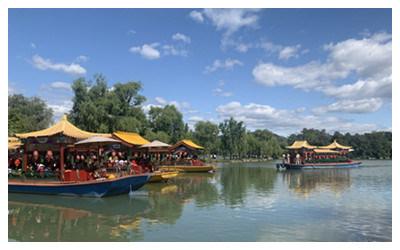 |
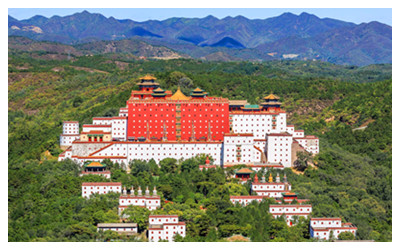 |
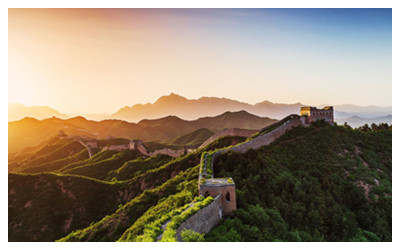 |
| Chengde Mountain Resort | Eight Outer Temples | Jinshanling Great Wall |
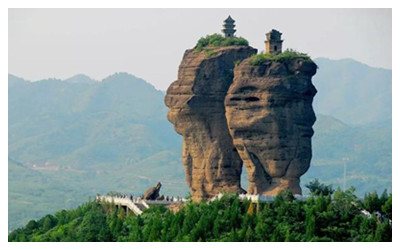 |
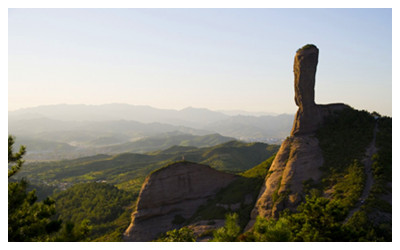 |
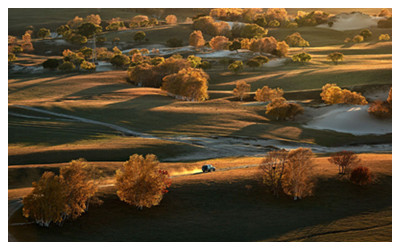 |
| Shuangta Mountain | Qingchuifeng Forest Park | Hansaiba National Park |
When to visit Chengde?
Chengde has a monsoon climate with four distinct seasons. It is cold and snowless in winter, the temperature is low in spring and autumn, and there is little precipitation. The summer is cool, the rainfall is concentrated, and there is basically no hot period. It is a tourist summer resort
The temperature in Chengde gradually increased from west to east, with an average annual temperature of 9.0 ° C. The annual change of average temperature is characterized by a monthly increase in temperature from February. The average temperature of the hottest month in summer is 23.0 ° C. There is no hot period and a good summer environment is formed. The temperature began to drop in August, and the average temperature of the coldest month in winter was -10 ° C. The distribution of rainfall has the characteristics of seasonal changes with clear boundaries between dry and wet.
Most visitors choose to visit there in autumn for the cool weather. In addition, many tourist festivals and ceremonies are held in summer and autumn, so, they are the best season for visiting.
How to reach Chengde?
Both the internal and the external transportation of Chengde City are very well developed and although there is only a small-scale airport, chartered flights flying between there and Beijing will provide you more choices for your journey. In addition, railway and road links can connect you to many cities, such as Tianjin, Shenyang, Baotou, Ulanhot, Liaoning, and Inner Mongolia, etc. City buses provide a fine and integrated transport service; taxis are also a good choice due to their convenience and inexpensiveness.
Chengde Travel Tips
While traveling in Chengde, you will have the opportunity to taste the unique local dishes and snacks, both of royal and folk flavors due to its historical links. Various hotels, rest houses and leisure places will also provide you with comfort and pleasure during your travels in this wondrous city
Local Feast Days:
Forest and Grassland Festival of Mulan Imperial Hunting Park: June 29th to the end of February next year. It is mainly to display the unique scenery of forest and grassland and to promote ecotourism.
Contest of Dragon Boat of Mountain Resort: June every year
It is a joyous and exciting festival that draws local people's attention. In addition to the dragon boat contest, there are gliding acts, water performances, as well as gong and drum performance, etc.
Useful numbers:
Fire alarm: 119
Police: 110
Ambulance: 120
Consumer complaint: 12315
Tourist complaint: 0314-2024548
Address of some institutions
Bank of China
Xinhua branch: No. 1, Building A, Xinhuayuan
Hospital
Central Hospital: No. 22, Xi Dajie, Shuangqiao District
Post office
Nanyingzi branch: No. 27, Nanyingzi Dajie, Shuangqiao District
 Ask Questions ?
Ask Questions ?